
5 Steps to Avoid Pickleball Injury
7/2/2025
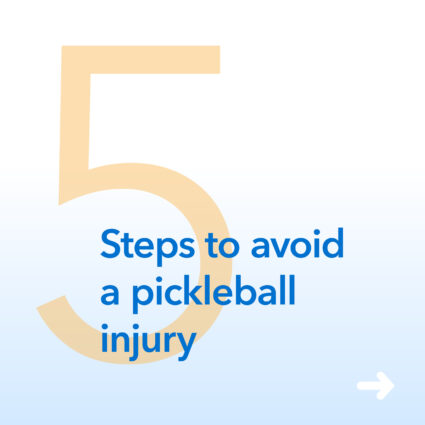
With its many health benefits, it’s no wonder pickleball is the fastest growing sport for people of all ages and athletic abilities. The game provides a great cardio workout that is easier on the joints, supports cognitive function with its fast pace, and is a social sport that helps reduce stress and anxiety.
With studies showing that more than 36 million Americans have taken up pickleball, it’s no surprise we are seeing an increase in pickleball-related injuries.
The side-to-side movements and rapid changes of direction with pickleball can be hard on ankles, hips, and knees. The repetitive motion of swinging the paddle can lead to Pickleball Elbow – or injury to the surrounding tendons – and shoulder impingement. Fractures of the hand and wrist are the most common injuries from falls on the court.
The rise of these injuries should not steer anyone away from continuing to play or taking up the sport, but they do serve as a warning to follow proper preparation to prevent chronic or acute injury.
Here are five steps from the orthopaedic specialists at Crystal Clinic to help you avoid pickleball injury:
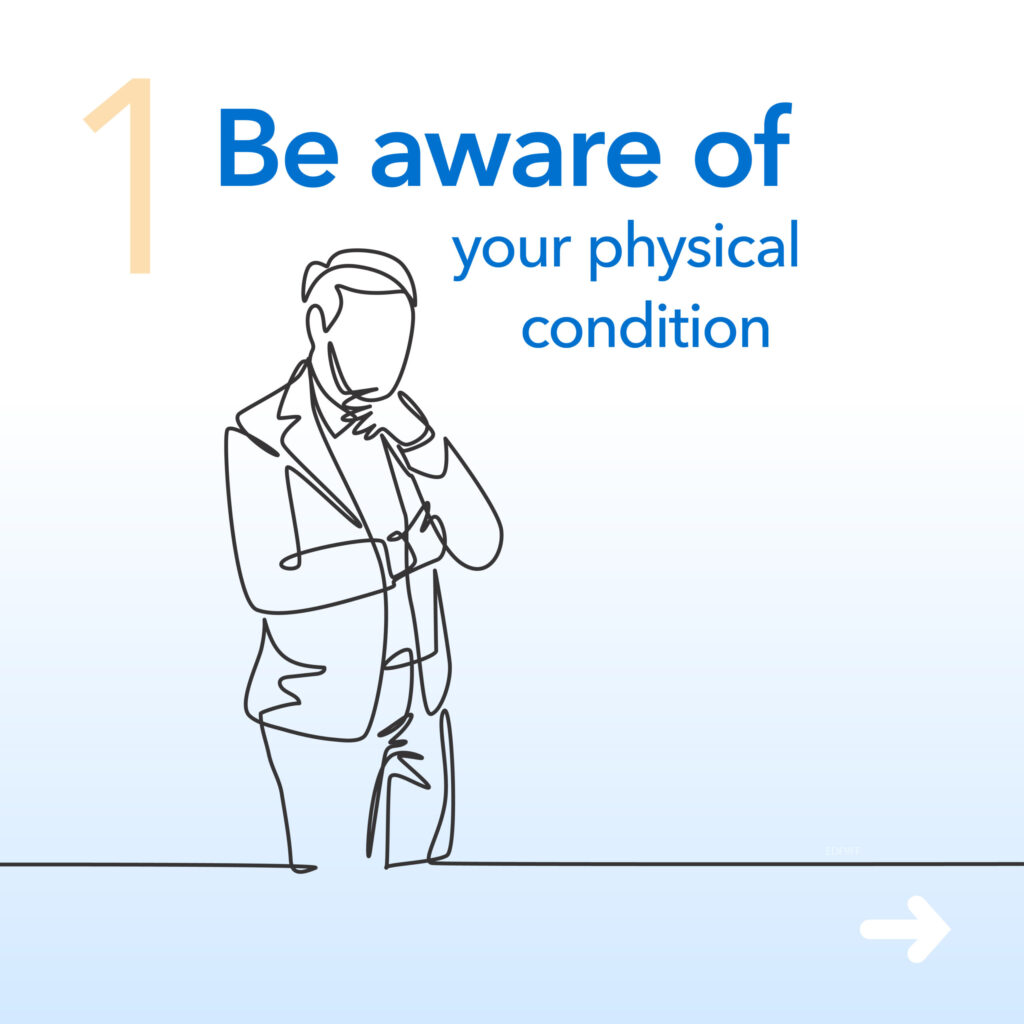
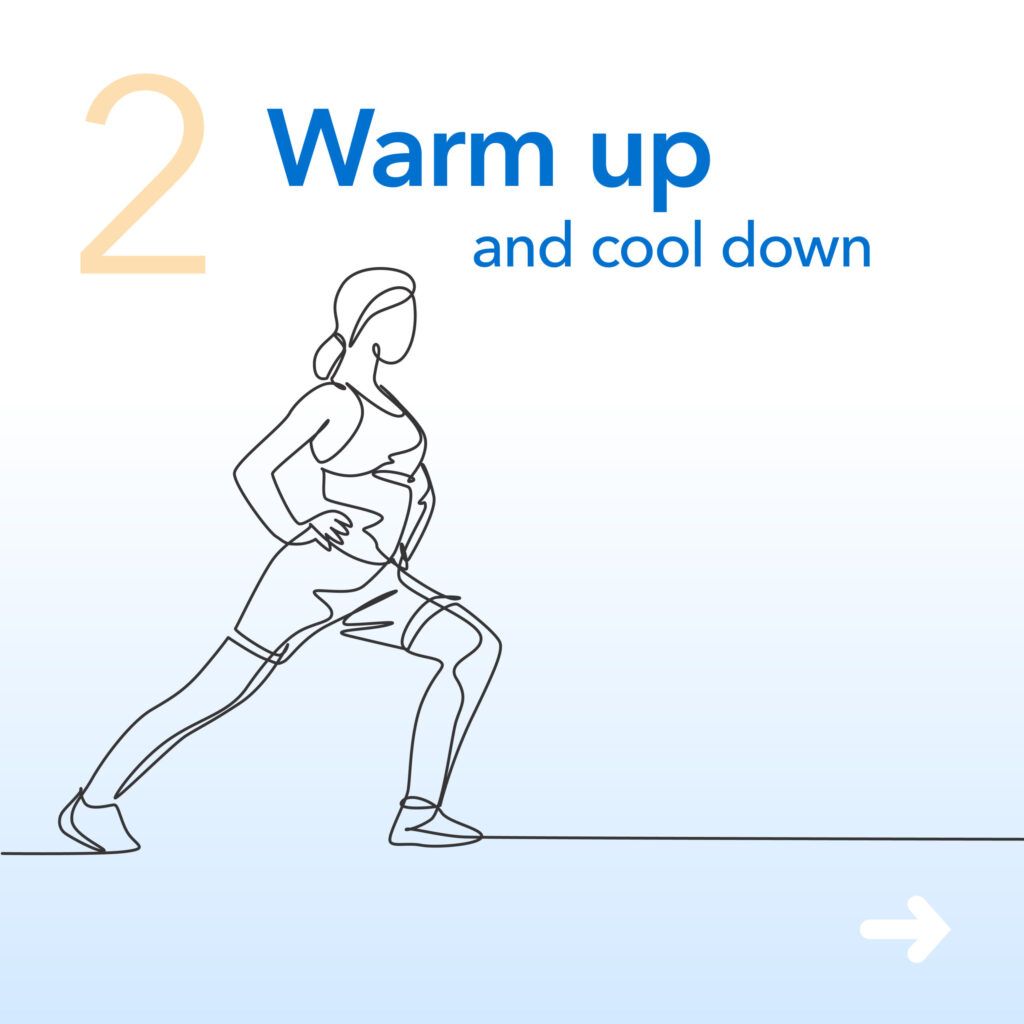
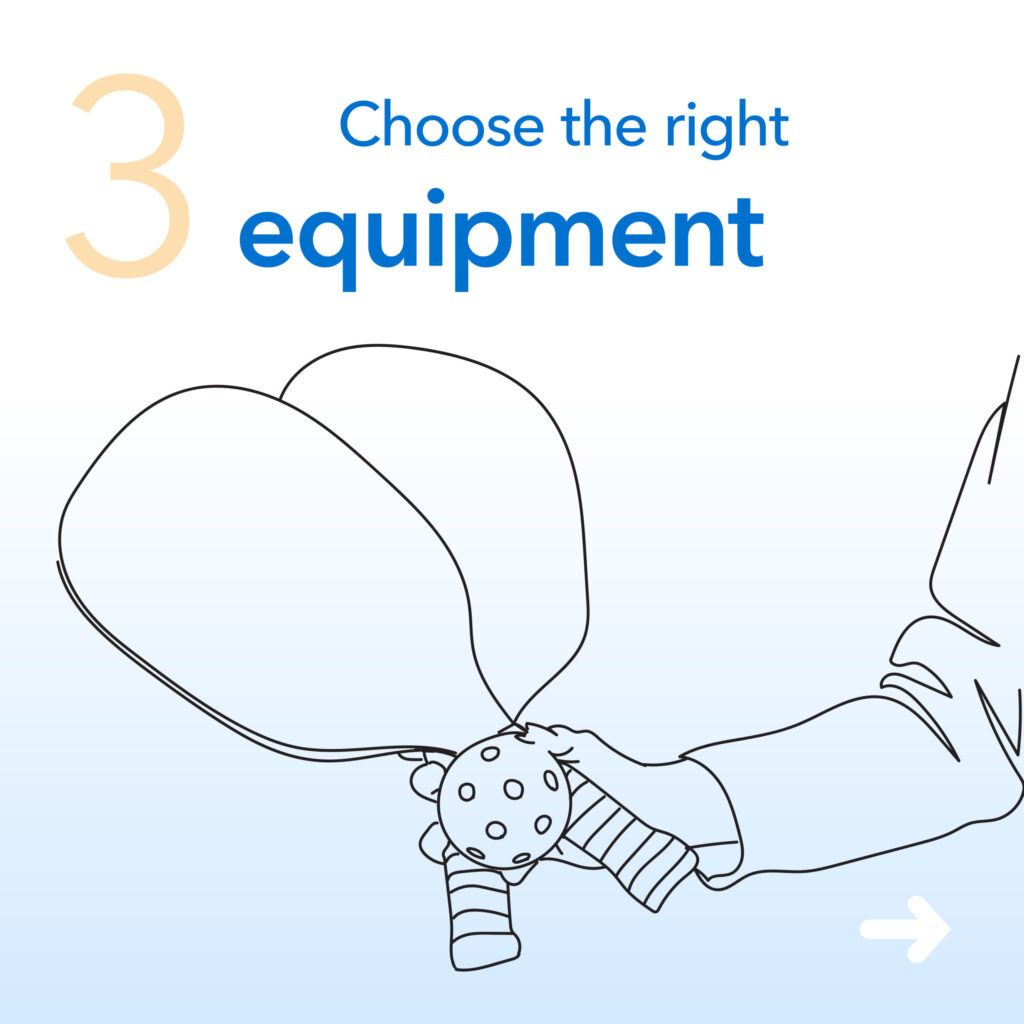
- Be Aware of Your Physical Condition – For all players, but particularly for those who do not exercise regularly, start out slow to give your body time to adjust to a new activity. Begin with one or maybe two sessions per week. Pay particular attention if you have an existing injury or arthritis of one or more joints. Cross training, with a focus on core exercise, promotes stability and function.
- Warm Up and Cool Down – Pickleball is no exception to the rule of warming up with 5 to 10 minutes of stretching the calves, quads, hamstring, lower back, shoulders and elbows. Once play is finished, gentle stretching and walking helps prevent muscle soreness.
- Choose the Right Equipment – Invest in the proper equipment to keep you safe. Paddles should be able to absorb the impact of the ball, properly sized for your hand, and not too heavy to swing. Play in court or tennis shoes, rather than running or walking shoes, with soles intended to provide proper ankle support and traction to prevent slipping and sliding.
- Use Proper Form – For players of all levels, consider taking a few lessons to learn how to move safely on the court and employ the proper swing technique.
- Take Time to Recover – Allow your body time to recover. Muscle soreness after play can typically be treated with RICE – rest, ice, compression, and elevation. However, if you experience chronic or acute pain, consult your orthopedic physician. With chronic pain, it may also be time to consider taking an extended break to allow the body time to recover.
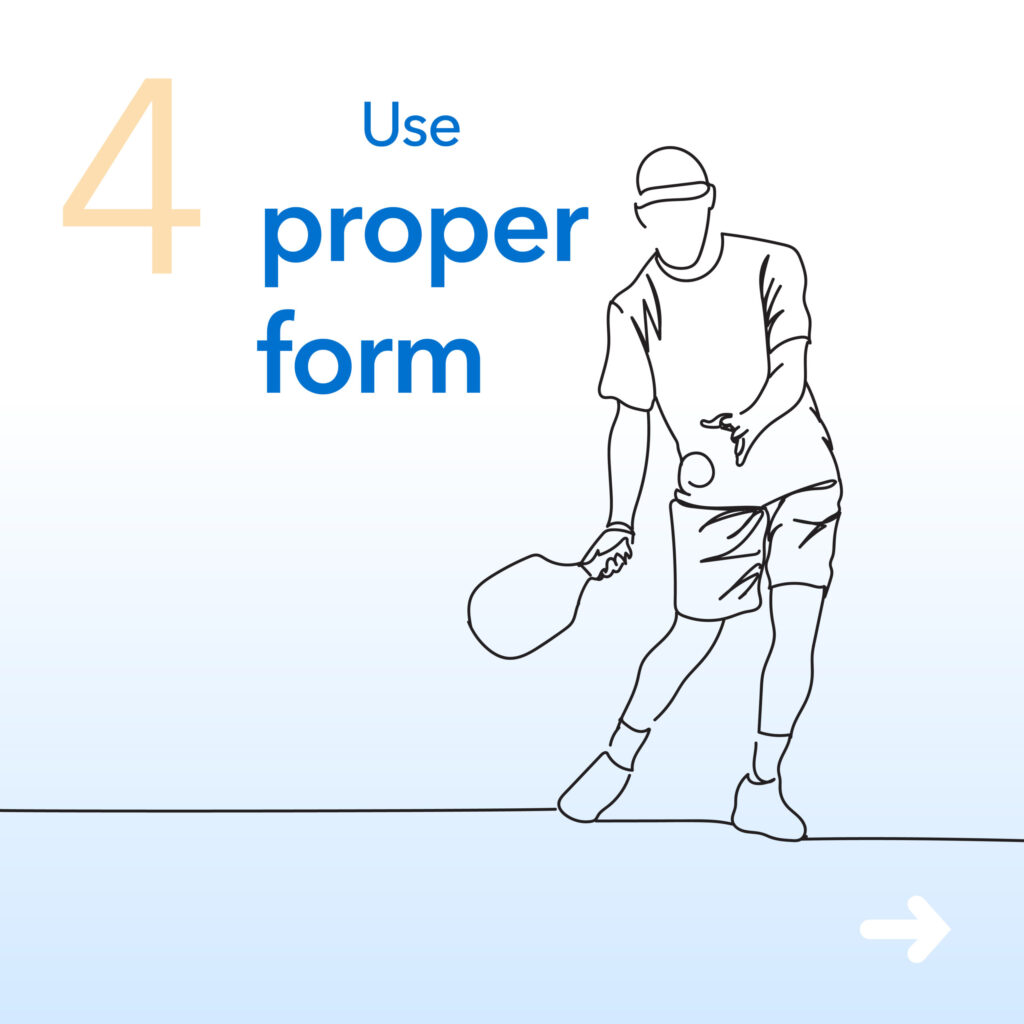

While injury can happen in any physical activity, pickleball is a great sport for all ages and physical abilities – if you take the proper steps to protect yourself. Perhaps most importantly, it is a fun and enjoyable way to get in a workout.
